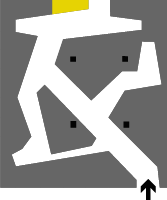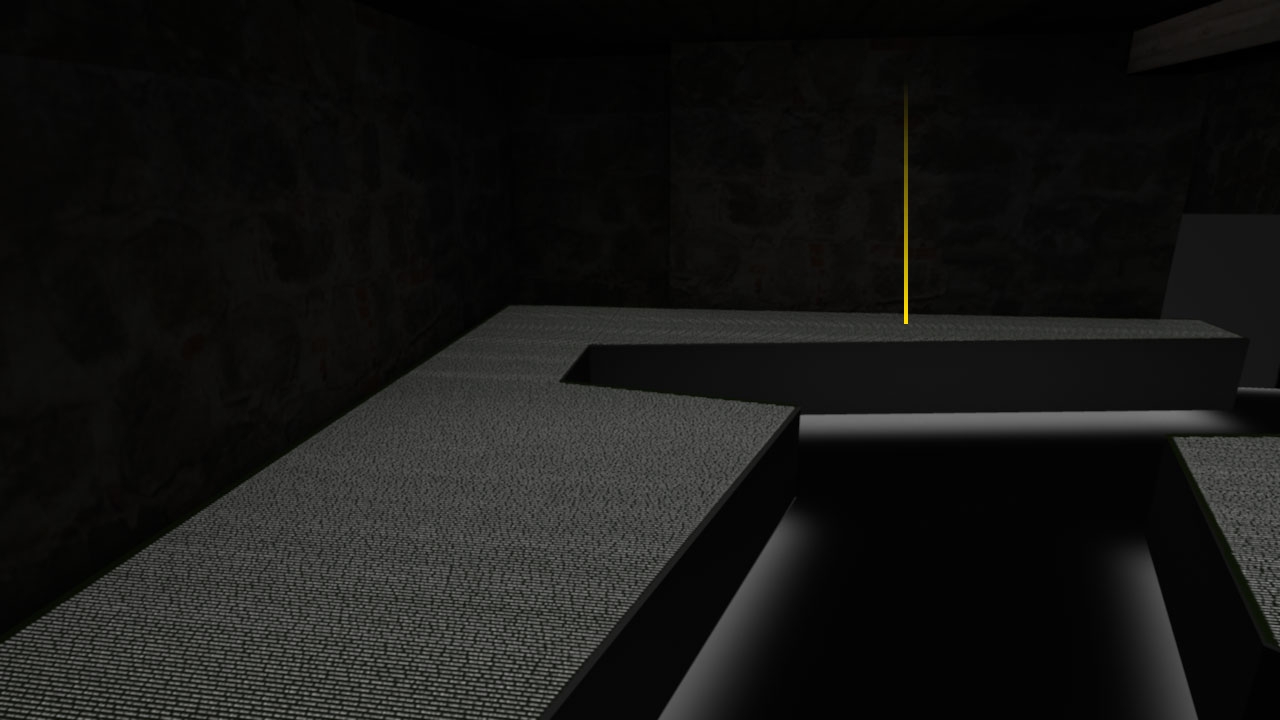Jožef Kokot 1923 - 1944
Born 18.9.1923 in Horní Ves
Died 25.9.1944 in Mauthausen
Biography
Jožek Kokot was born in 1923 in Oberdorf / Gornja vas as the eldest son of Jožef Kokot, who came from Sv. Vid near Grobelno (in present-day Slovenia), and his wife Magdalena Buksbaum. The family lived in his mother’s family home in the Carinthian district of Köstenberg / Kostanje. The language used by the family and in the local area was Slovenian. After completing compulsory schooling young Jožek worked on his parents’ farm.
On 15 April 1942 the Kokot family, now numbering eleven members, was seized along with 220 other Carinthian-Slovenian families. As ‘enemies of the people and the state’ they were subsequently stripped of their possessions without compensation and interned in special camps. In the case of the Kokot family, this was the Rehnitz camp near to Szczecin in today’s Poland, and then from late summer 1942 the Rastatt camp near Karlsruhe. Most of these guarded camps were located close to Nuremberg. Any internees fit for work were forced to do so. Jožek Kokot, his father and other men were assigned to work duty in the Lorenz engineering works in Ettlingen. There too the men were under police surveillance. In autumn 1943 the young Kokot was transferred with others to the Deutsche Hurdis Fabrik brick works in Baden-Oos. On 22 May 1944 he was arrested. Neither his family nor his colleagues were informed about the reasons for his arrest. He was probably denounced by someone employed at the works: Jožek Kokot had sought contact with the Soviet prisoners of war also working at the brick works and had shared his small ration of food and tobacco with them.
After being held by the Gestapo for some time, Kokot was sent to the Mauthausen concentration camp. He arrival there was registered on 3 September 1944. On 12 September he was transferred to the Loibl Pass subcamp. But just one week later he was sent back to the main camp on an individual transport. He was the only Carinthian Slovene to have been interned in the Carinthian concentration camp. His swift return suggests that his background was a problem for the camp administration in Loibl, since partisans active in the area had already helped some prisoners to escape (successfully). On 21 September Kokot was re-registered in the main camp. Four days later he was murdered during a mass execution on the orders of the Reich Chief of the SS. According to the entry in the death register, on 25 September 1944, between 7am and 6.25pm, a total of 137 men were hanged. With the exception of a Pole and Jožek Kokot, the other victims were all classed as ‘Russians’. Kokot had just turned 21 at the time of his execution.
The authorities left the family in the dark for a long time about the death of the young man. His youngest brother Andrej, who at the time of the family’s forced expulsion was just five years old, dealt with the traumatic experiences of the Kokot family in his memoir, Das Kind, das ich war (The child, that I was).
Brigitte Entner
Slowenisches Wissenschaftliches Institut – Slovenski znanstveni institut Klagenfurt/Celovec
Translation into English: Joanna White
From: Brigitte Entner: Wer war Klara aus Šentlipš/St. Philippen? Kärntner Slowenen und Sloweninnen als Opfer der NS-Verfolgung. Ein Gedenkbuch [Who was Klara from Šentlipš/St. Philippen? Carinthian Slovenes as Vicitms of Nazi Persecution. A Memorial Book] (Klagenfurt – Vienna/Celovec – Dunaj 2014), p. 47 and p. 111f.
Sources:
Archiv der Diözese Gurk in Klagenfurt (Pfarre Köstenberg/Kostanje, Geburtsbuch [Köstenberg/Kostanje parish, register of births]).
Archiv des Slowenischen wissenschaftlichen Instituts in Klagenfurt.
International Tracing Service, Bad Arolsen.
Kärntner Landesarchiv (AKL, Abt. 14 OF 28, Zl. 195).
References:
Andrej Kokot: Das Kind, das ich war. Erinnerungen an die Vertreibung der Slowenen aus Kärnten [The Child that I was. Memories of the expulsion of the Slovenes from Carinthia] (Klagenfurt/Celovec 1999). [Slow.: Ko zori spomin. Otroška doživetja v pregnanstvu (Celovec 1996).]
Location In room

